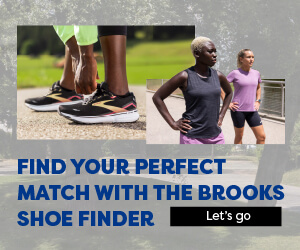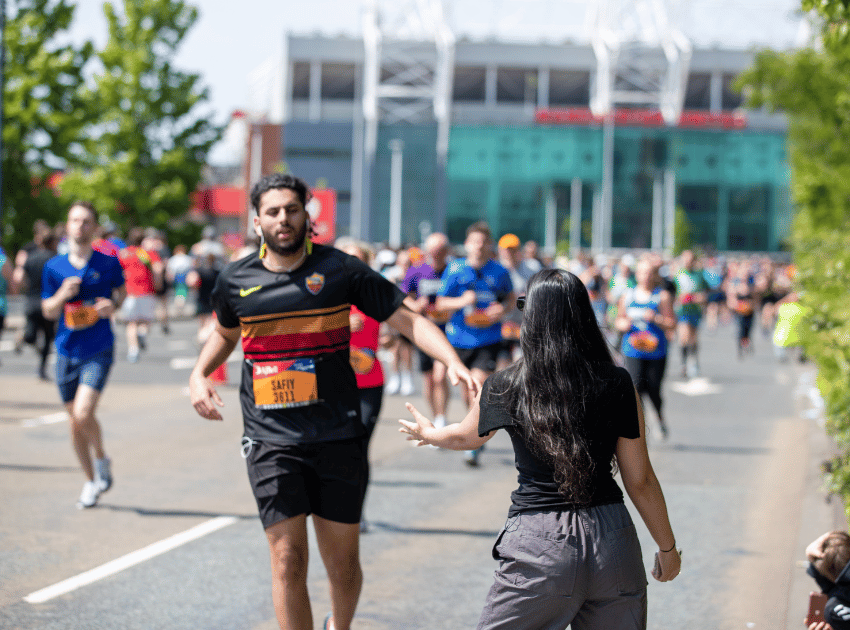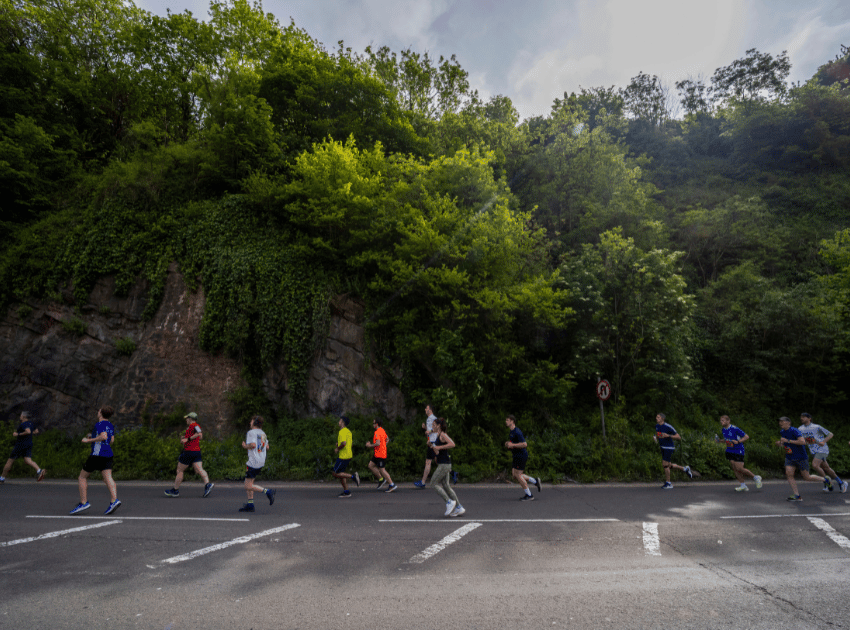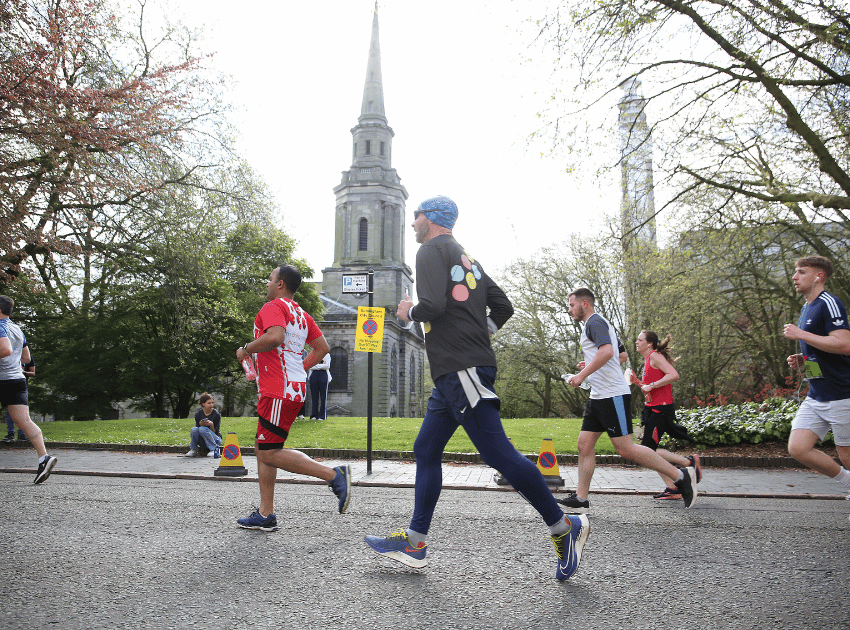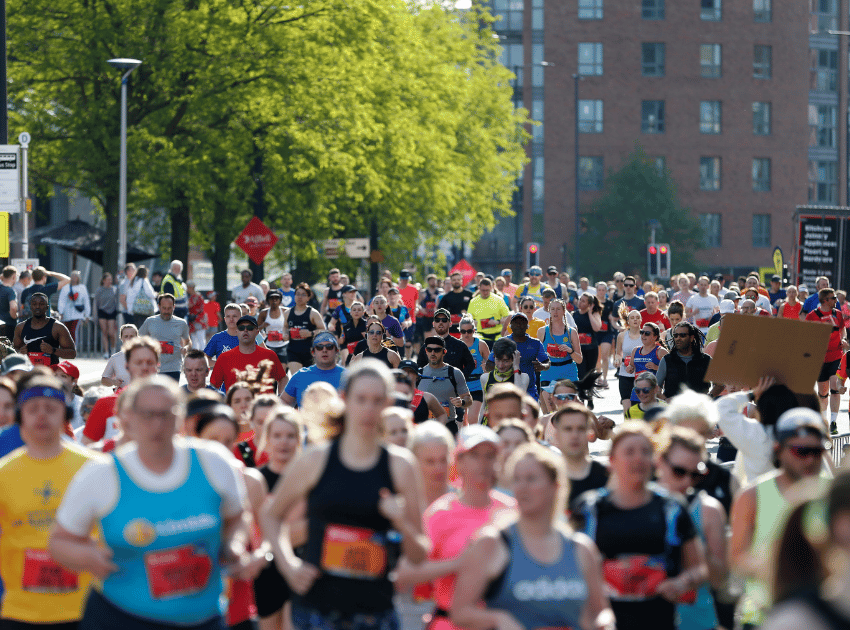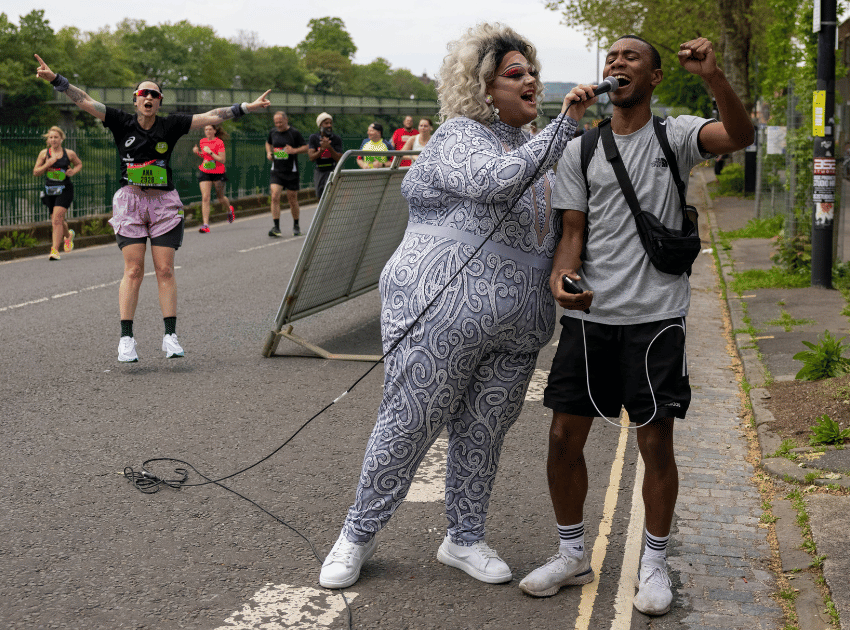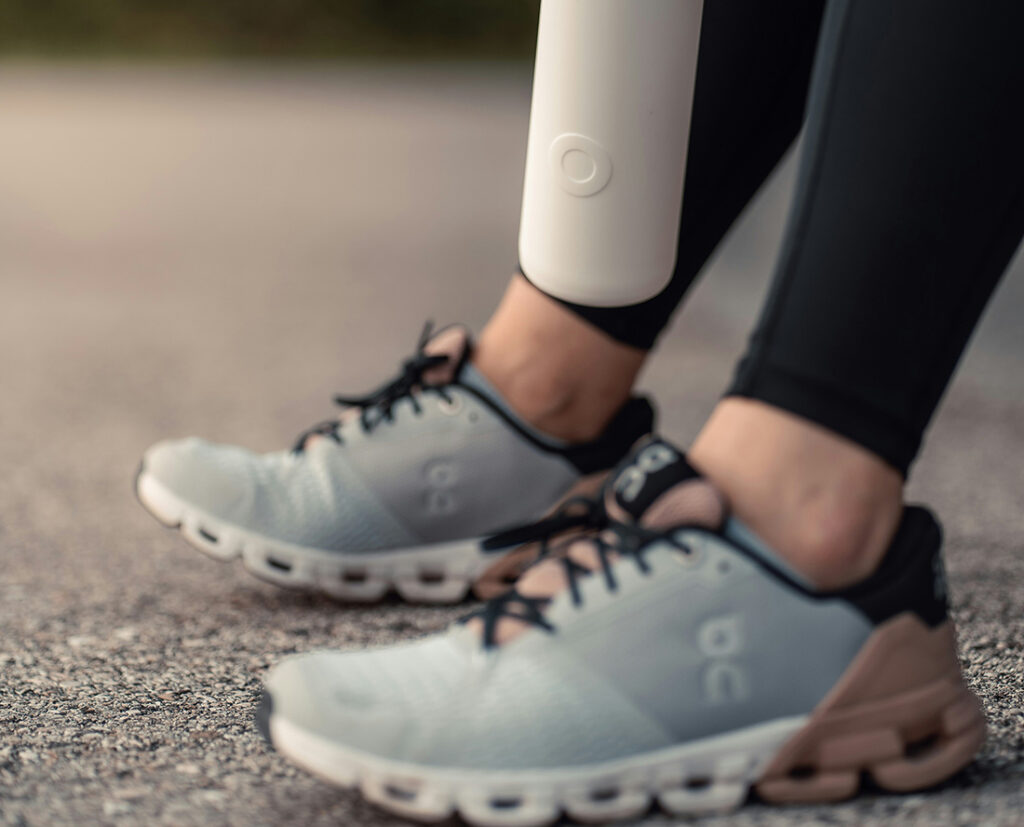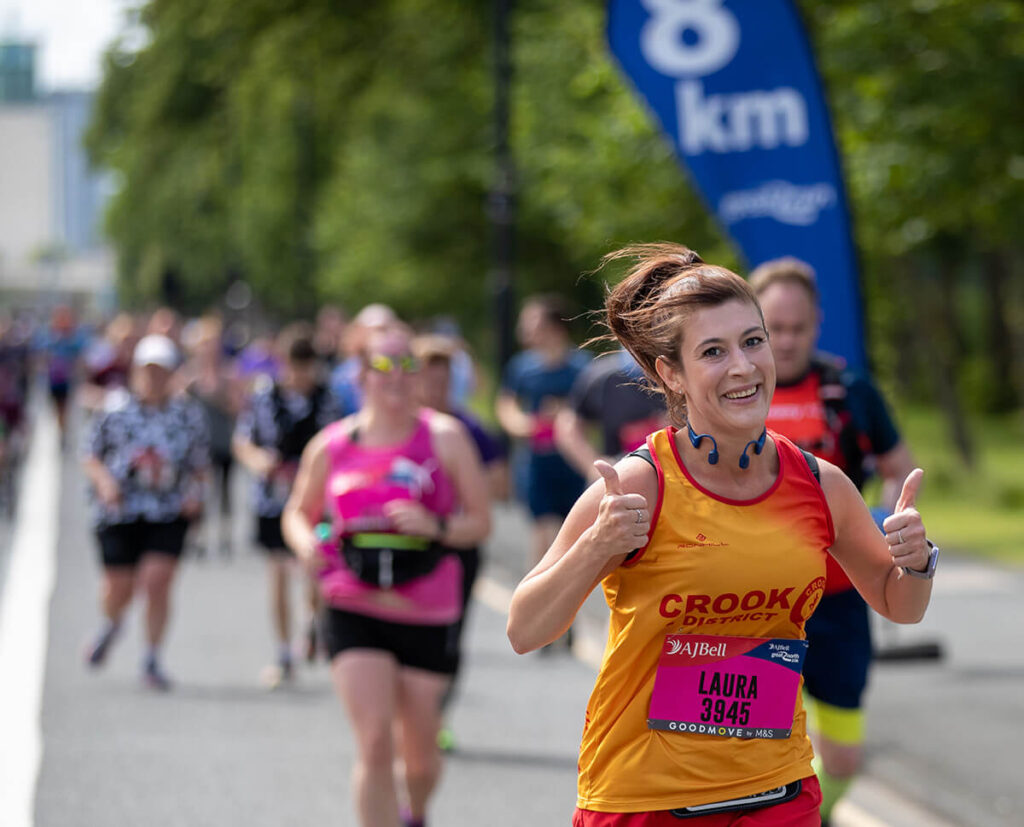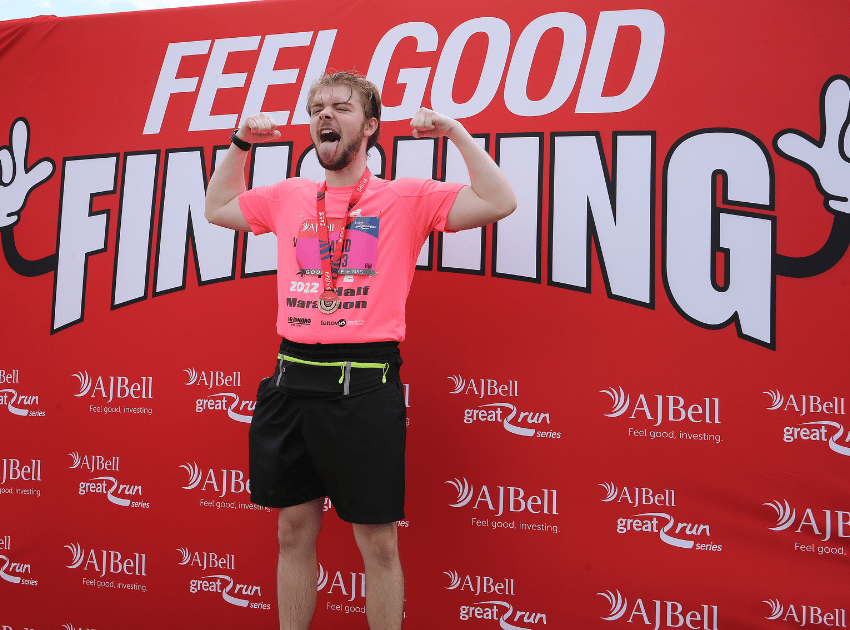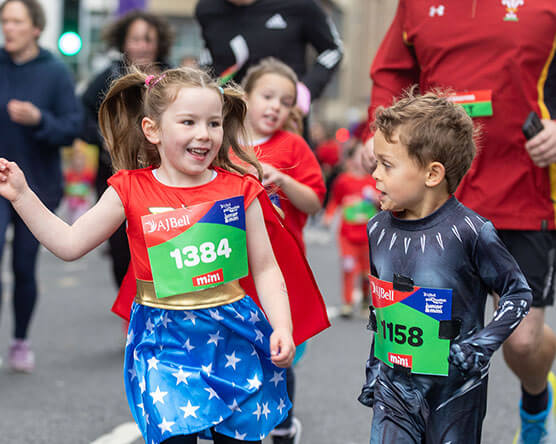Running is a great way to keep fit. It’s free, it’s fun, and it works wonders on your mental health and wellbeing.
And once you start to see a bit of progress, it can quickly become an essential part of your routine. We’ve seen the most reluctant runners develop such a love for it that it’d be unthinkable for them to go back to their pre-running lifestyle.
That’s why keeping your feet in tip-top condition is essential for anybody who runs. The right shoes protect you from injuries that could delay your progress or stop you from exercising altogether.
Although running itself is free, you should see your running shoes as an investment. Good shoes make your runs enjoyable, reduce those pesky blisters and prevent more serious injuries.
But with a huge range of sports footwear on the market, it can be tricky to know where to start.
So we’ve put together a guide to help you choose the right shoes and keep your feet in great shape so you can get the most out of your runs.
How to pick the right running shoe
We’ve all been there. You find yourself in a huge sports shop staring at walls of shoes. The choice is overwhelming. After a while, it feels like the trainers are closing in on you and you leave empty handed.
Back at home, things are no better. You find yourself scrolling for hours, unable to make a decision.
Before you buy your running shoes
To make things simpler, there are a few things you need to think about before you even start looking at shoes.
Where do you run? Think about where you’ll be doing most of your running before you decide on a shoe. If you run on pavements, for example, you’ll need a different type of trainer than if you do mainly off-road or trail running.
Socks. Consider the kind of sock you’ll wear when running and make sure you take them when you go to try on trainers. A thicker sock can make a real difference to the fit and feel of your shoe – especially if it’s hot out.
Gait analysis. Good podiatrists – and some specialist running shops – will offer a gait analysis service to help you choose the best running shoe for you. They’ll look at your feet and pop you on the treadmill for a short run. Then they’ll watch back a recording of your run in slow motion to assess your foot plant, stride and running pattern before making recommendations about the type of shoe to choose.
Forget fashion. Try to think of your running shoes as a piece of functional equipment. You’re not trying to impress anybody with how they look. And honestly? Nobody cares. So forget your favourite colour, and don’t be seduced by trendy brands. The most important thing is that the shoe is comfortable, fits you well and protects you from injury.
Know when to say goodbye. You might have some old running shoes in the back of a cupboard. But remember: they don’t last forever. They’ve stomped up hills and across fields in the driving rain, soaring temperatures and the depths of winter. They’ve splashed through puddles and even – shock horror – been through a fair few washing machine cycles.
Know when to say goodbye and release your old faithfuls into retirement. A rule of thumb is to replace running shoes every 500 miles, but wear and tear will vary depending on your weight, running style and preferred terrain.
Choosing your shoes
But where to start with new kicks? Well, running shoes are divided into four categories depending on pronation. And what, we hear you cry, is pronation?
Pronation is a term that describes the action of your foot rolling inward, from heel to big toe, when you walk and run. It’s a natural movement that absorbs the impact when your foot hits hard ground.
Some of us over-pronate, with our feet rolling in too much. And some of us under-pronate and don’t have enough of a roll. There are different designs of running shoe to help manage these variations.
Neutral Shoes. Neutral shoes are best for runners who have a relatively normal level of pronation. They’re good for those with high or normal arches, who are biomechanically efficient runners and are mid-foot or forefoot strikers.
Stability Shoes. Stability shoes are for those with mild to moderate over-pronation with low to normal foot arches. These shoes are for runners who need a combination of good support and midsole cushioning.
Control Shoes. Control shoes are recommended for runners who are severe over-pronators. These shoes will help slow down or limit extreme inward rolling of the foot and ankle.
Off road or trail shoes. These shoes feature a more studded sole for increased traction. Off-road or trail shoes are also reinforced with more durable materials. With these shoes, the foot sits slightly lower to the ground than usual for stability and responsiveness. Designed for softer surfaces, you’ll notice they have less cushioning than a road shoe.
Keeping your feet fit for running
Once you’re all trainered up, it’s time to think about other aspects of foot care.
We’ve all had our running routine scuppered by a painful blister. The perfect storm of moisture, rubbing stress and heat can bring on that familiar raw tingling sensation in no time. But thankfully it’s a misery that can be avoided with our blister prevention tips.
Socks, socks, socks. Choosing the right thickness of sock is crucial. If your socks are too thin or thick they can cause all sorts of problems. And if you’re prone to blisters, you might want to try a two-layer sock. Foot problems can emerge really quickly in damp conditions, so make sure you’ve got a fresh pair of socks for every run.
Keep dry. You might want to opt for socks made with moisture wicking material. Most good running socks use a mix of synthetic materials, which offer good value but are also really effective at resisting odours and preventing blisters and irritation.
Where’s the rub? Well-fitting shoes help reduce the rubbing that leads to painful blisters. Blisters happen when the skin stretches too far and for too long. Make sure you choose wisely when investing in your running shoes and that there are no bits that rub.
Lace them up. Sounds obvious, but making sure you tie your shoelaces properly really helps. Consider the lacing hack ‘runner’s loop’ where you loop the last but one eyelet before tying the bow.
Give your feet some love. The oft-neglected foot deserves as much care as your face. So make sure you treat the skin on your feet between runs by moisturising to prevent dryness and cracking. You can see a podiatrist to remove any stubborn dead skin and keep your feet as healthy as possible.
Invest in good blister plasters. If you follow all the advice and still get a dreaded blister, make sure you get yourself some good quality blister plasters. The best ones will help you to carry on without missing a run.

